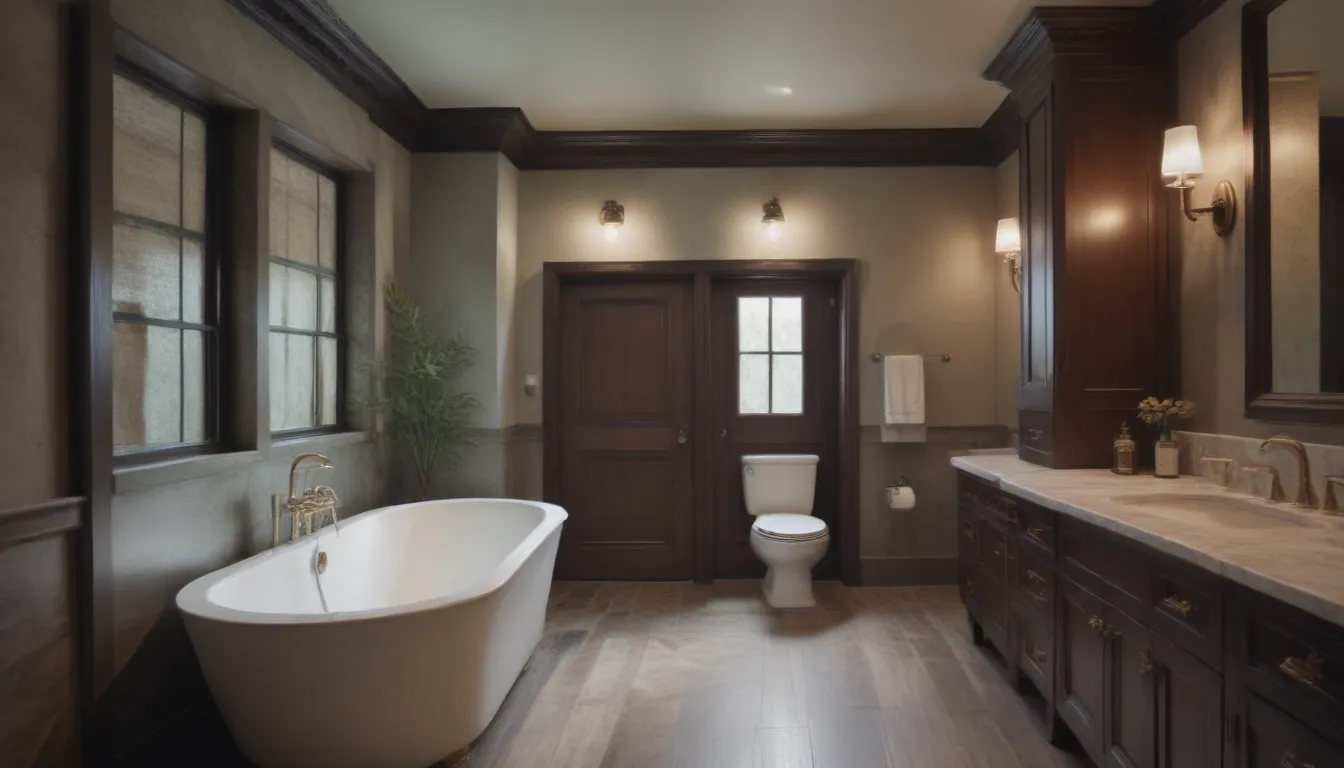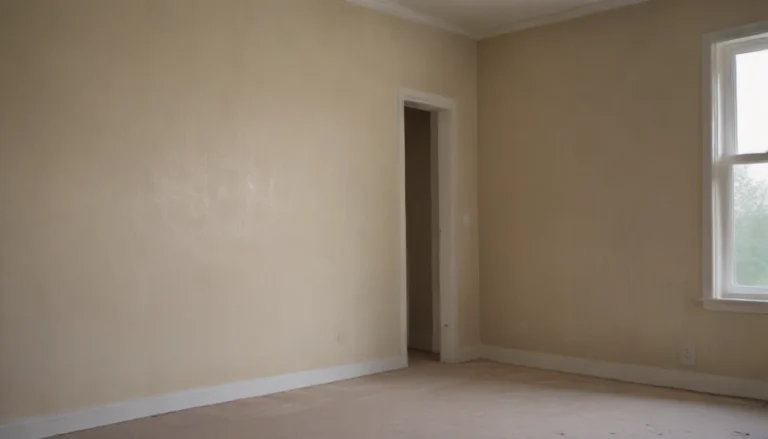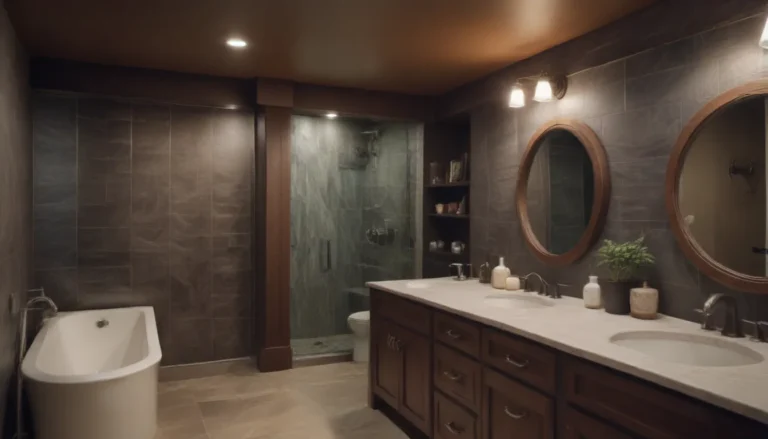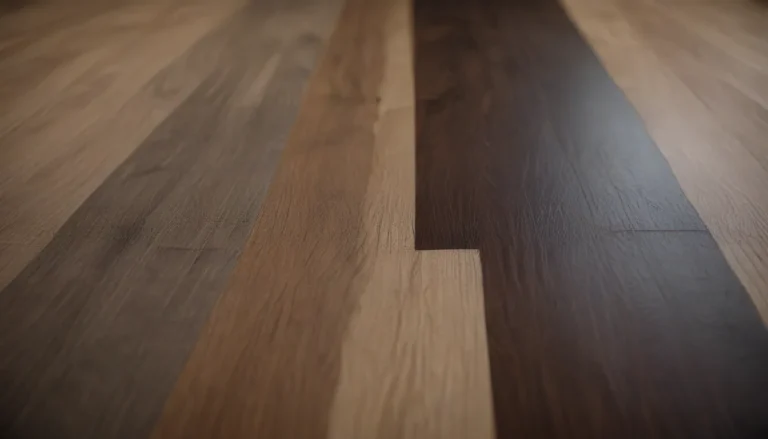Understanding National Electrical Code Requirements for Bathrooms

If you’re thinking about updating or renovating your bathroom, it’s important to consider the electrical code requirements to ensure safety in your home. The National Electrical Code (NEC) sets the standard for electrical safety practices, and although local codes may vary, the NEC provides a solid foundation to follow. Each revision of the NEC, which occurs every three years, introduces new guidelines and regulations that you should be aware of when working on your bathroom project.
Why You Need to Follow NEC Regulations
The NEC exists to keep homeowners safe by providing rules and standards for electrical installations. These regulations are crucial in preventing hazards such as electrical fires and shocks. While older bathrooms may have been wired according to different standards, it’s essential to update your electrical system to meet current NEC requirements for the safety of your household.
Key NEC Regulations for Bathrooms
When it comes to bathroom electrical installations, there are several key regulations outlined in the NEC that you should be aware of:
- General Lighting/Fan Circuit Required: A dedicated circuit for general lighting and a vent fan is necessary to ensure proper functionality in your bathroom.
- Ceiling-Mounted Light Fixture: At least one ceiling-mounted light fixture is required to provide adequate lighting in the space.
- GFCI-Protected Outlet: Installing at least one Ground Fault Circuit Interrupter (GFCI)-protected outlet is crucial to prevent electrical shocks in wet areas like bathrooms.
- 20-Amp Outlet Circuit: The outlet circuit in your bathroom must be 20 amps to handle the power requirements of modern electrical devices.
- AFCI Protection: Arc Fault Circuit Interrupter (AFCI) protection is necessary to detect and prevent electrical arc faults that could lead to fires.
- Grounded Switches: All switches in your bathroom must be grounded to ensure proper electrical safety.
- Location of Wall Switches: Wall switches must be placed outside tub and shower areas to prevent water exposure.
- Vent Fan Requirement: Depending on the design of your bathroom, a vent fan may be required to maintain air quality and prevent moisture build-up.
The Bottom Line: Following NEC Guidelines
In the past, bathrooms were often served by a single 15-amp circuit, but with modern electrical needs, it’s now common to have at least two circuits—one for general lighting and one for outlets. In some cases, a third circuit may be necessary to power a vent fan with additional features like a heat lamp. It’s important to remember that while the NEC provides general guidelines, local codes take precedence and may have additional requirements or restrictions.
When planning your bathroom renovation, it’s crucial to check with your local building permits department to ensure that you are meeting all electrical requirements. While many local codes align closely with the NEC, it’s always best to verify the specifics for your area to avoid any issues during inspections or renovations.
Additional Considerations for Bathroom Electrical Safety
In addition to following the NEC regulations, there are a few extra steps you can take to enhance electrical safety in your bathroom:
- Install GFCI Outlets: Consider installing GFCI outlets throughout your bathroom to provide added protection against electrical hazards.
- Use Waterproof Lighting: Opt for waterproof or damp-rated lighting fixtures to prevent water damage and ensure long-lasting performance.
- Proper Ventilation: Ensure proper ventilation in your bathroom to prevent moisture build-up, which can lead to mold growth and electrical issues.
- Regular Inspections: Schedule routine electrical inspections to identify any potential issues and address them before they become safety hazards.
Stay Safe and Compliant
By following the NEC regulations and taking additional safety precautions, you can create a bathroom that not only meets electrical code requirements but also keeps your home and family safe. Remember, electrical safety is a top priority, so it’s worth investing the time and effort to ensure that your bathroom is up to code and free from potential hazards.
Before starting any bathroom renovation project, always consult with a qualified electrician to ensure that your electrical work is done correctly and in compliance with all relevant codes and regulations. Your safety and peace of mind are worth the effort to ensure that your bathroom is both beautiful and safe for everyday use.





